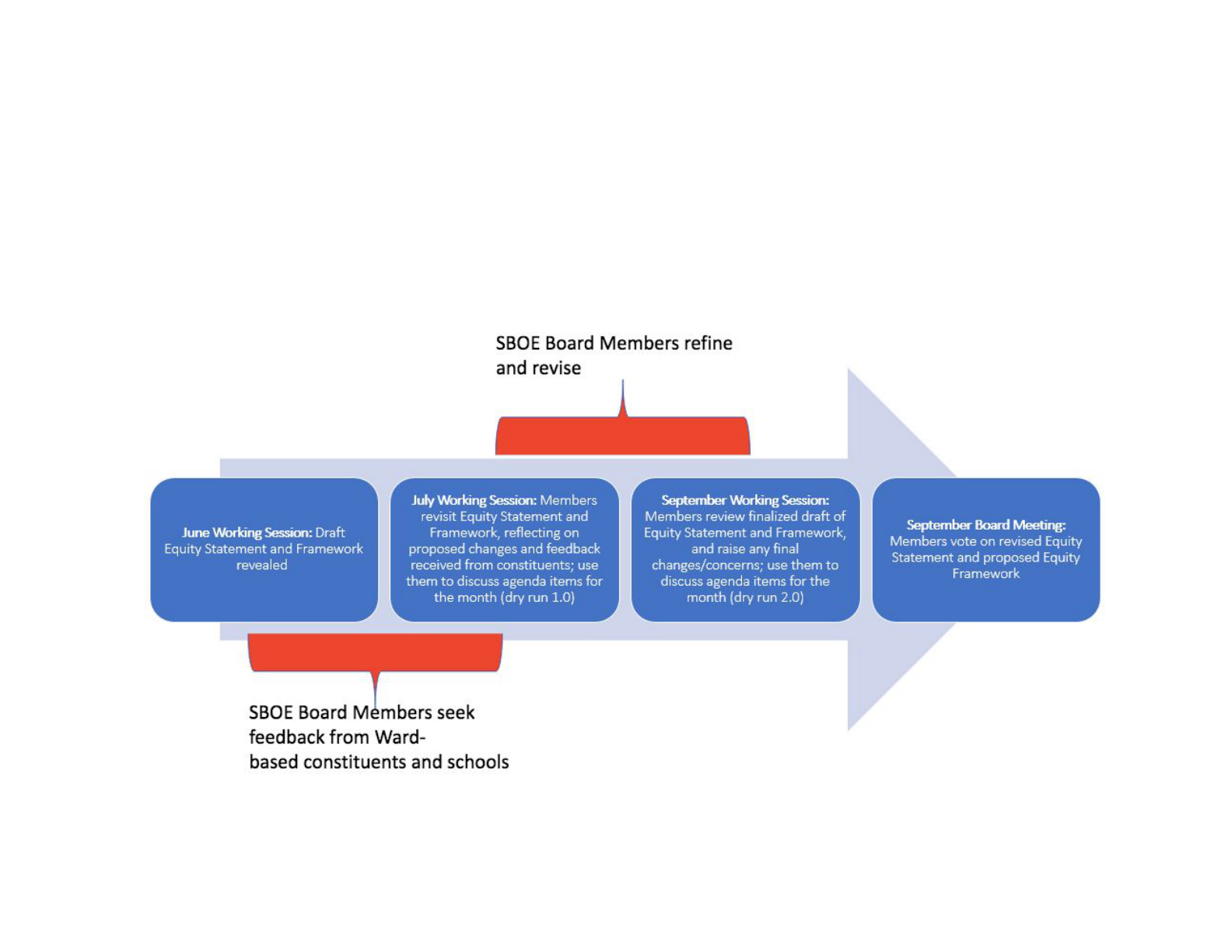
DC State Board of Education Equity Statement and Framework
Purpose: The SBOE aims to revise its Equity Statement to make it more practical and relevant to the realities students face in Washington, DC. The
SBOE aims to build on work previously done to center equity in its discussions and decisions, and to ensure its work supports equitable outcomes in DC.
By utilizing an equity framework, the SBOE will develop a common vocabulary and protocol for evaluating and filtering policies, proposals, and decisions.
Process: The plan is to incorporate all SBOE members and staff in the process of revising the SBOE Equity Statement and developing an
Equity Framework.
1

DC State Board of Education Equity Statement
Last Updated: August 2020
The DC State Board of Education acknowledges that institutional racism and inequitable policies have contributed to uneven outcomes
and opportunity gaps for various student groups.
The State Board believes all students deserve access to high-quality instruction and necessary support to meet their full potential
according to a range of academic and 21st-century learning standards. The State Board believes all children, with the right support, can
achieve at high levels and become well-rounded individuals who are engaged in their communities and have the freedom to choose the
college or career of their liking: the primary objective of Pre-K–12 education.
To ensure the success of every public school student in the District of Columbia and the reduction of disparities between students, the
State Board will:
● Identify priority issues that disproportionately hurt and hinder the educational experience of vulnerable students;
● Use its platform to generate public attention and a public policy focus on these issues and their solutions;
● Support and promote the equity-focused work of the Office of the Student Advocate and Office of the Ombudsman for Public
Education;
● Promote and support state-level education policies that address these needs; and
● Promote transparency that allows the State Board and others to ensure that schools adhere to state policies.
The State Board will use its Equity Framework to decide on its actions and the issues it advocates for, focused on:
● Improving outcomes for students designated as at-risk through high-quality instruction and necessary support.;
● Increasing the representation of groups that have been historically marginalized in the District’s teacher and administrator workforce and
through the functions of the State Board;
● Expanding access to culturally relevant pedagogy within DC schools and anti-racist professional development opportunities for DC
educators and State Board staff.
2
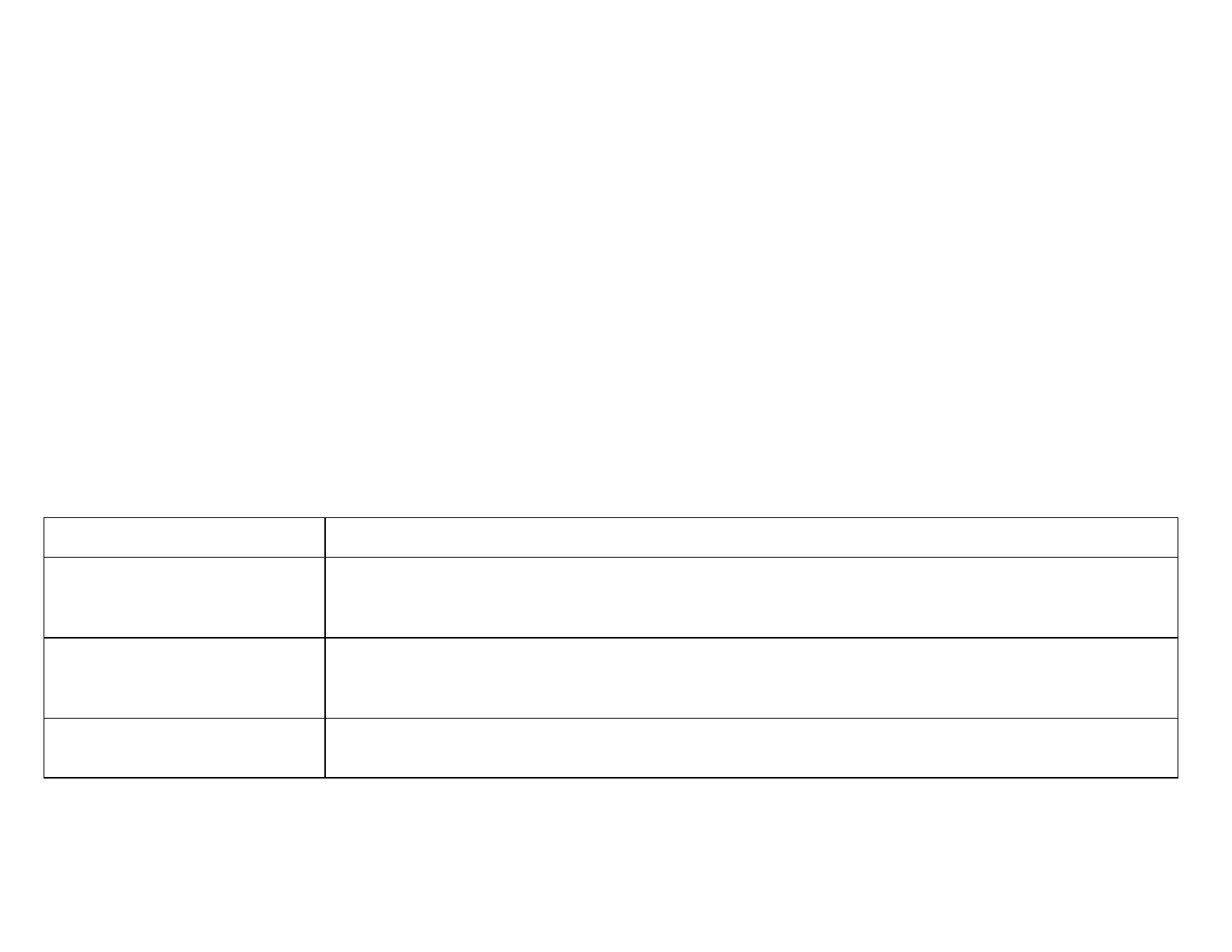
DC State Board of Education Equity Framework
Last Updated: August 2020
SBOE Equity Framework: By utilizing an Equity Framework, the State Board aims to provide a common vocabulary and protocol for evaluating and filtering
policies, proposals, and decisions. By adopting such a framework, the State Board acknowledges these areas as priority on a perpetual basis. The Equity
Framework stands to serve as an institutional guiding force for the State Board’s work through changes in its leadership from year to year or the numerous
issues that arise any given year. There are three
framework focus areas that organize the State Board’s Equity Framework, including:
1) improving student learning and academic outcomes for students designated as at-risk
2) increasing the representation of groups that have been historically marginalized, and
3) expanding access to culturally relevant pedagogy and anti-racist professional development.
The Equity Framework’s focus areas are intentionally broad so as to not overly limit the State Board’s actions. Understanding the limitation of the State
Board’s authority over the District’s public schools, the State Board’s focus on the Equity Framework will be used primarily to inform internal functions and
decisions—though there will be times the State Board will seek to influence related discussions and decisions in the broader District education landscape.
Framework Focus Area
Guidance
Student Learning and
Academic
Outcomes
The DC State Board of Education will advocate for and take action to improve outcomes for students designated as at-risk
through high-quality instruction and necessary support.
Student, Educator, Community,
and Human Capital
Representation
The DC State Board of Education will advocate for and take action to increase the representation of groups that have been
historically marginalized in the District’s teacher and administrator workforce and through the functions of the State Board.
Educator and
Team Cultural Competency
The DC State Board of Education will advocate for and take action to expand access to culturally relevant pedagogy within
DC schools and anti-racist professional development opporutnities for DC educators and State Board staff.
3
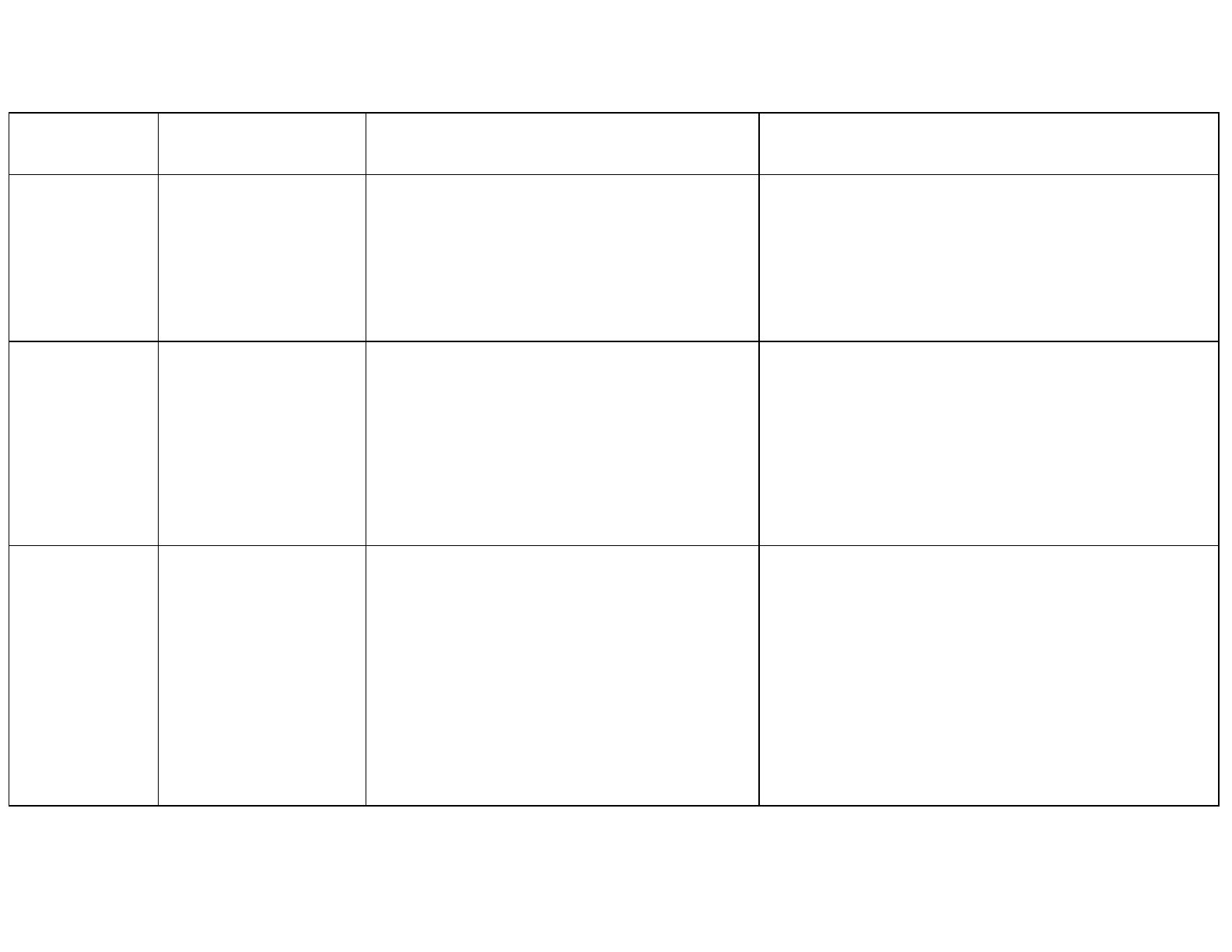
Framework
Focus Area
Guidance
Justification
Example
This could look like….
Student Learning
and
Academic
Outcomes
The DC State Board of
Education will advocate for
and take action to improve
outcomes for students
designated as at-risk
through high-quality
instruction and necessary
support.
Despite the District’s improving schools, numerous
student groups continue to lag behind their peers on
nearly all performance metrics and there is disparate
access to well-rounded curricula. In order to achieve
true education equity in the District and contribute to a
greater balance of life outcomes for residents,
accelerating performance for students identified as
at-risk is paramount.
As the State Board weighs important decisions, the Board will
examine and work to explain how said decisions work to improve
outcomes for severely disadvantaged student groups.
Or
As part of its regular functions, the Board will regularly examine
student academic achievement and growth data; making
connections to other important data points (i.e., attendance data).
Student,
Educator,
Community, and
Human Capital
Representation
The DC State Board of
Education will advocate for
and take action to increase
the representation of
groups that have been
historically marginalized in
the District’s teacher and
administrator workforce
and through the functions
of the State Board.
Fair and equitable representation is essential for the
State Board to affirm all student identities, reflect a
range of constituent voices, and ensure the State Board
reviews educational decisions in a comprehensive way.
The same is true for DC’s public schools. Research is
clear: numerous student groups perform better as they
see themselves reflected in their teachers, curricular
materials, and a school’s culture and environment.
As the State Board works to revamp DC social studies standards,
the Board will work to increase the representation of historically
marginalized groups in DC’s learning standards.
Or
As the State Board convenes a panel on a topic, the Board will
ensure there is an adequate representation of women, people of
color, LGBTQ+ individuals.
Or
The State Board will work to highlight shifting demographics in
DC schools’ workforce.
Educator and
Team Cultural
Competency
The DC State Board of
Education will advocate for
and take action to expand
access to culturally relevant
pedagogy within DC schools
and anti-racist professional
development opportunities
for DC educators and State
Board staff.
Culturally relevant education is a conceptual
framework that recognizes the importance of including
students’ cultural backgrounds, interests, and lived
experiences in all aspects of teaching and learning
within the classroom and across the school
(Ladson-Billings, 1994, 2009; Milner, 2017). Culturally
relevant education is viewed as critical in improving
student engagement and achievement, and college
readiness and success for all youth, particularly for
youth of color. In order for parents, educators, and
elected officials to affirm students’ backgrounds and
work to dismantle inequitable systems, equity-focused,
anti-racist professional development is essential.
As the State Board ‘s leadership engages in discussion with
external stakeholders (e.g., DCPS Chancellor), there will be
efforts to understand and influence expanding access to
culturally relevant pedagogy for teachers (emphasis here is on
influence since the State Board doesn’t have authority to make
this decision)
Or
The State Board will ensure team members have access to
ongoing professional development opportunities and will treat
this as a top budgetary priority.
4
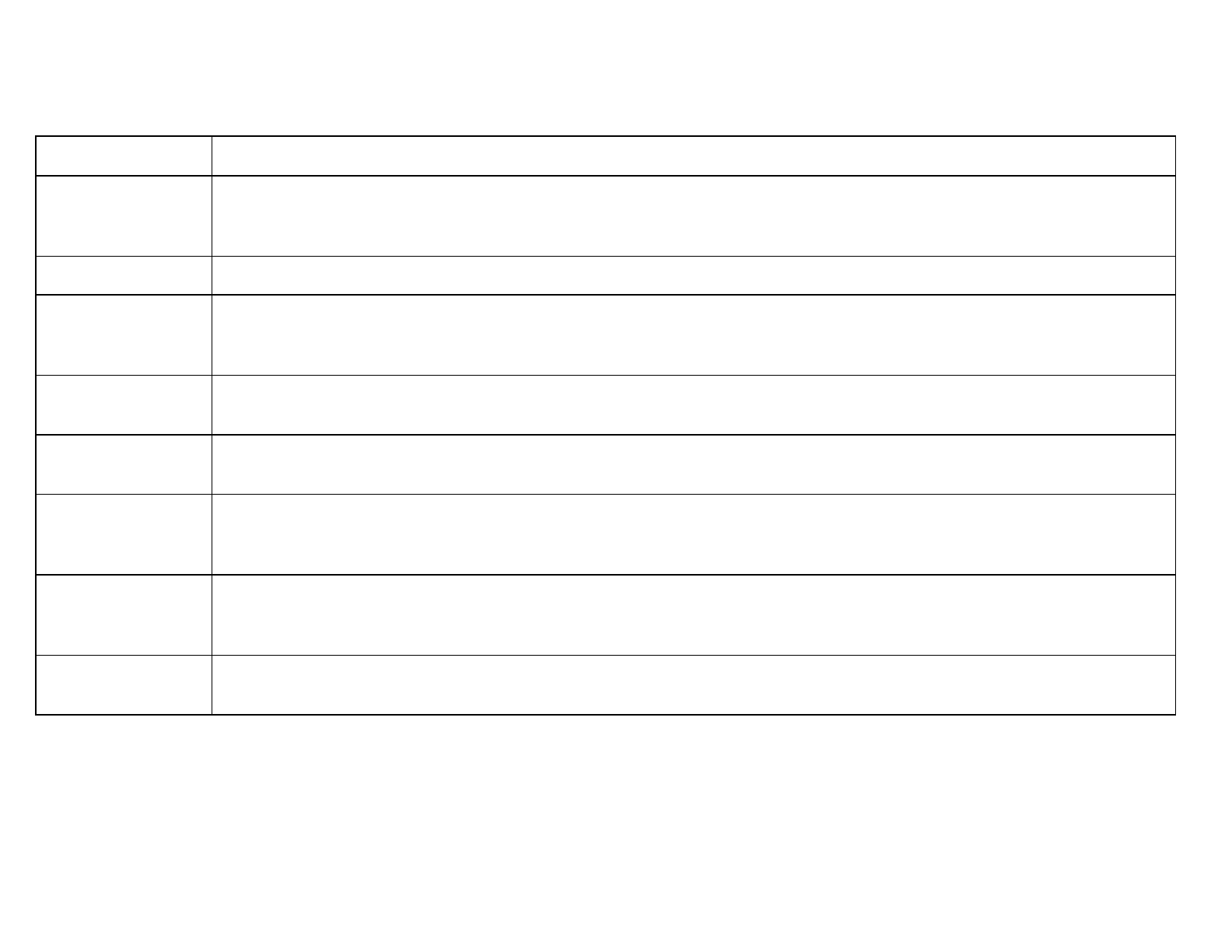
Key Terms
Definition
21st-century
learning standards
Learning, literacy, and life skills that bridge knowledge, skills, and dispositions of students from the core academic areas to
real-life applications in the areas of critical thinking, collaboration, communication, media literacy, technology literacy,
leadership, flexibility, and productivity.
Anti-racist
A person who actively opposes racism and promotes racial tolerance.
Education Equity
Based on the principles of fairness and justice in allocating resources, opportunity, treatment, and success for every student,
educational equity promotes the real possibility of equality of educational results for each student and between diverse groups
of students. Equity strategies are planned, systemic, and focus on the core of the teaching and learning process.
Historically
marginalized groups
Various groups of people, including people of color, women, and LGBTQ+, low-income, and, disabled individuals, who have
historically been oppressed.
Institutional Racism
The systematic distribution of resources, power and opportunity in our society to the benefit of people who are white and the
exclusion of people of color.
Severely
disadvantaged
student groups
Represented as the District’s “at-risk” student group, comprised of students whose families qualify for government assistance
programs Temporary Assistance for Needy Families or the Supplemental Nutrition Assistance Program; who are identified as
homeless or in foster care; or who are high school students at least one year older than the expected age for their grade.
Opportunity Gap
The difference in opportunities and resources available to a person and their white and/or more affluent peers based on
arbitrary circumstances in which said person was born — such as their race, ethnicity, gender, zip code, and/or socioeconomic
status.
Outcomes
The desired learning objectives or standards that schools and teachers want students to achieve, as well as the educational,
societal, and life effects that result from students being educated.
5
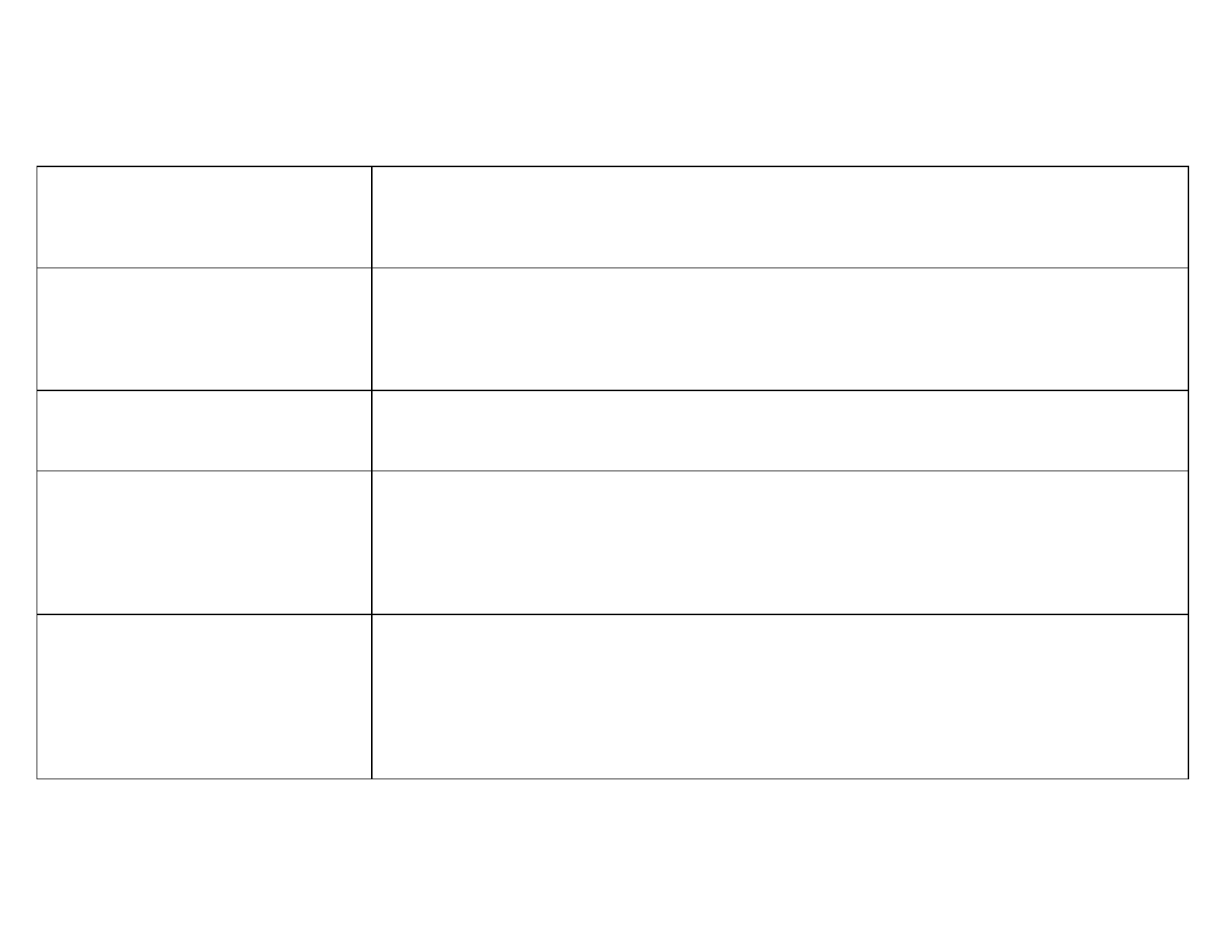
Ways for the Board to Utilize its Equity Statement and Framework
Equity Discussions and Learning
The State Board will engage in ongoing equity-focused conversations.
● Board retreat (bi-annual)
● Voluntary Board book club
● Staff discussions
Board Representation/Communication
The State Board will inform and update the public on its equity work.
● Share updates about equity work via newsletter
● Post Equity Statement and Framework on SBOE website
● Print Equity Statement and Framework on public agenda documents
Review Bylaws
The State Board will make changes to its bylaws to embed the Equity Framework as a central tool for
monitoring and evaluating its functions.
Guidance to Board members on using
Framework
The State Board will create a guidance resource document for members that will detail the purpose and
function of the Board’s Equity Statement and Framework and answer frequently asked questions.
● See protocol drafts here:
○ Annual Priority Analysis Protocol (Rep. O’Leary to draft)
○ Policy Analysis Protocol (Rep. Sutter to draft)
○ Annual Review Analysis Protocol (Rep. Wattenberg to draft)
SBOE Research
The State Board will fund research to advance issues related to its Equity Framework (as resources are
available).
Examples of what this could look like:
● Retention of teachers of color (Teacher Attrition Committee)
● DC educational historical analysis: a review of changing demographics, school options, federal
and local policies (i.e., redlining) from home rule to present
6
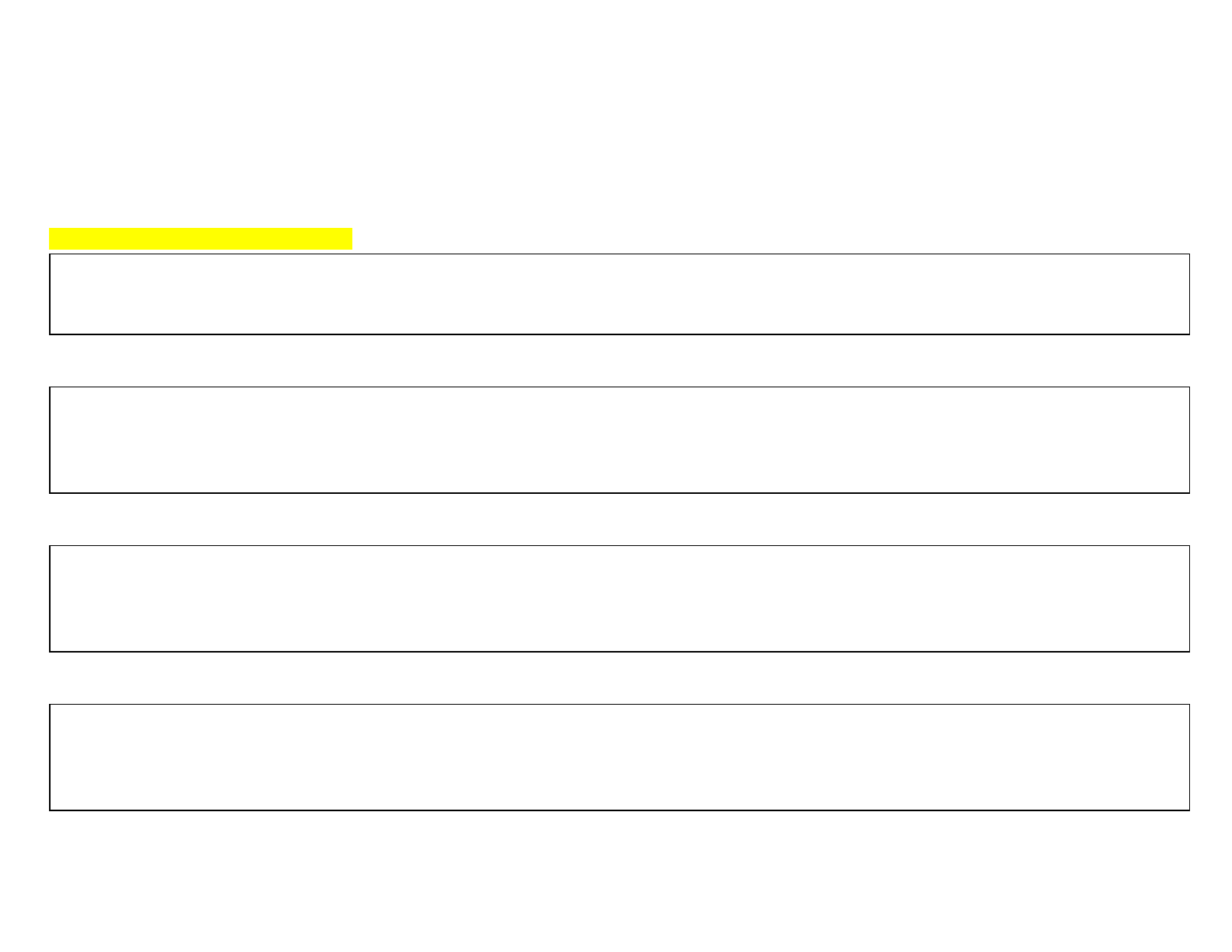
DC State Board of Education
Equity Statement and Equity Framework
Resource Guide
Frequently Asked Questions (FAQs):
● What is the purpose of updating the SBOE Equity Statement and developing an Equity Framework?
● How did the SBOE identify the three focus areas of the Equity Framework?
● Will these equity focuses restrict the Board’s work?
Annual Priority Analysis Protocol (Rep. O’Leary)
1.x
2.x
3.x
4.x
Policy Analysis Protocol (Rep. Sutter)
1.x
2.x
3.x
4.x
Annual Review Analysis Protocol (Rep. Wattenberg)
1.x
2.x
3.x
4.x
7
